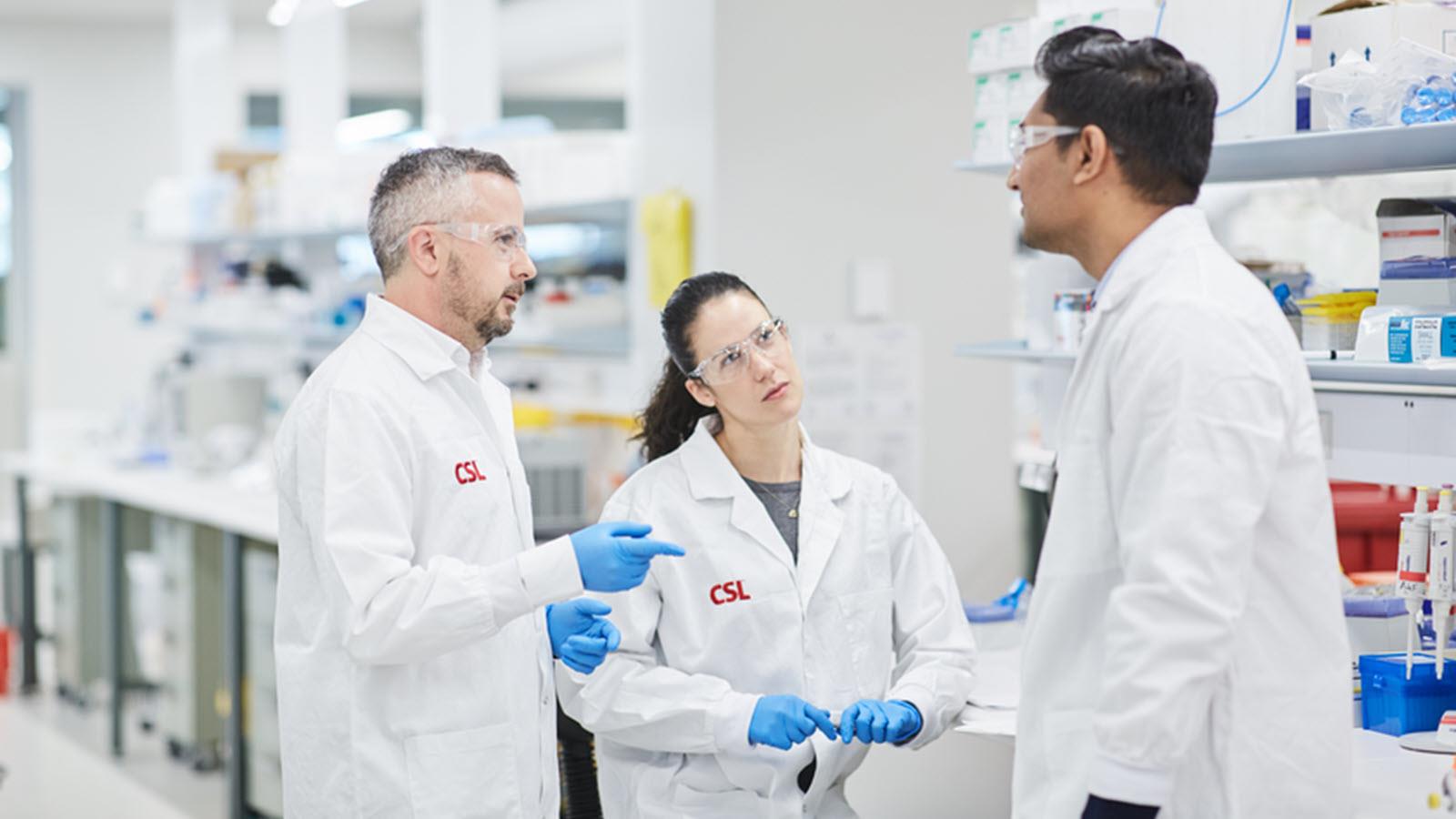Treatment for hemophilia B has come a long way and is continuing to advance. At a recent Coalition for Hemophilia B symposium, CSL Behring presented information on the potential of gene therapy for people with hemophilia B. Here are five fast facts:
- Gene therapy is an innovative method of treatment currently being studied in clinical trials for a variety of genetic conditions, including hemophilia B. The U.S. Food and Drug Administration has approved 22 cellular and gene therapy products and there are more than 1,100 active clinical trials across a range of diseases.
- While current treatments for hemophilia B are very effective, breakthrough bleeds can still occur in people with severe hemophilia and lead to reduced quality of life. People with hemophilia B have a defect in a gene which leads to low levels of factor IX (FIX), a protein produced by the liver that helps blood to clot. The current standard of care is lifelong prophylactic or preventative replacement therapy to temporarily replace or supplement low levels of FIX. While this can be very effective at maintaining low bleeding rates, people with severe hemophilia may still experience breakthrough bleeds, which over time can lead to joint damage, acute and chronic pain and inability to carry out everyday tasks.
- Hemophilia B is well-suited for treatment with gene therapy because it is caused by a single gene mutation. The aim of gene therapy is to introduce a new, fully working or functional gene into the cells of the body, which may then allow the body to generate its own stable and protective levels of FIX. This has the potential to eliminate the need for continuous prophylaxis treatment.
- The functional gene can begin to work in the body only after the gene has been successfully delivered into the cell by a vector. Vectors act like delivery vehicles, carrying the gene to specific, target cells. The success of gene therapy is influenced by the design of the vector.
- CSL Behring has acquired global rights to commercialize an adeno-associated virus (AAV)-based gene therapy for hemophilia B developed and being tested by uniQure. AAV vectors have been widely studied in the development of gene therapies and have several features that make them well-suited for gene therapy. The investigational therapy uses a vector called AAV5 that will deliver the functional gene to the liver cells. Enrollment for the Phase 3 study has been completed and is currently underway.



